I enjoy experimenting with new gadgets and sharing my personal experiences. Today, I want to discuss a topic that often causes confusion—imported phones. With the acceleration of globalization, many people opt to buy smartphones released in overseas markets, particularly from brands not typically found in their home countries. However, this seemingly simple decision might carry a fair amount of risk. Have you ever considered buying an imported phone? Is it really as straightforward as we think?
I will explore why purchasing an imported phone could be a risky decision, the potential dangers involved, and why it’s essential to consider several factors before making that purchase. I’ll share my own experiences and offer insights into the pros and cons of importing phones, helping you make a more informed choice.
1. Why Choose Imported Phones?
As smartphones have become more widespread, there are now many more brands around the world, and international markets have become more diverse. For instance, Chinese brands like Huawei, Xiaomi, OPPO, and vivo have made a significant impact outside of Asia and are increasingly popular in Western markets. Many people choose to import phones from these brands either out of curiosity or to get a device with unique features that are not available locally.
There are a few reasons why people are drawn to imported phones:
- Price Advantage: In some cases, smartphones in overseas markets are much cheaper, especially during sales events. For those on a tight budget, importing a phone can seem like an attractive option.
- Unique Features: Some imported phones come with features not commonly found in local markets. For example, certain devices might support specific 5G bands, offer superior camera performance, or feature higher screen refresh rates.
- Experiencing New Technology: Tech enthusiasts may want to experience the latest technology from global brands and get access to new features that haven’t yet made their way to local markets.
That said, purchasing an imported phone is not always as simple as it seems. Let’s explore some of the risks involved.
2. Potential Risks of Imported Phones
(1) Network Compatibility Issues
One of the most common risks when buying an imported phone is network compatibility. Different countries and regions use different mobile network frequencies, especially when it comes to 5G and 4G bands. Many phone manufacturers design devices with region-specific frequency support, meaning an imported phone might not support the network bands available in your region.
For example, some Chinese brands’ phones, particularly older models, may not support certain 4G or 5G bands used in the U.S. or Europe. Even if the phone powers on and connects to a network, you may experience weak signal reception, slower speeds, or no connection to certain networks at all.
(2) Warranty and After-Sales Service Issues
Another major concern with imported phones is warranty coverage and after-sales service. Imported phones often come with the following problems:
- Limited Warranty Coverage: Most manufacturers’ warranty policies are region-specific, meaning an imported phone may not be eligible for local warranty services. If the phone malfunctions, you might have to send it back to the country of origin for repairs, which can be costly and time-consuming.
- Lack of Local Service Centers: Imported phones may not have authorized service centers in your region, making it difficult to get timely repairs or replacements for faulty devices.
(3) Software and System Incompatibility
Even if the hardware is not an issue, software compatibility can still pose a problem. Many imported phones run customized versions of their operating systems tailored for specific markets, meaning they may not be localized for your region. For example, phones purchased in China might come with a Chinese-language operating system, and certain international apps might not work properly.
In addition, some phones from China may run customized versions of Android, which can lead to compatibility issues with popular apps in the U.S. and Europe.
(4) Inability to Use Local Services and Features
Many imported phones face limitations when it comes to local services. For example, Google Pay, Apple Pay, and other region-specific payment systems may not work properly on imported devices. Similarly, certain media streaming apps or sound technologies might be restricted due to geographic limitations. Without access to these services, you may miss out on the full potential of your phone.
3. How to Minimize the Risks?
Despite these risks, it is still possible to buy an imported phone with minimal hassle if you do your research and plan ahead. Here are some tips to help you minimize potential issues:
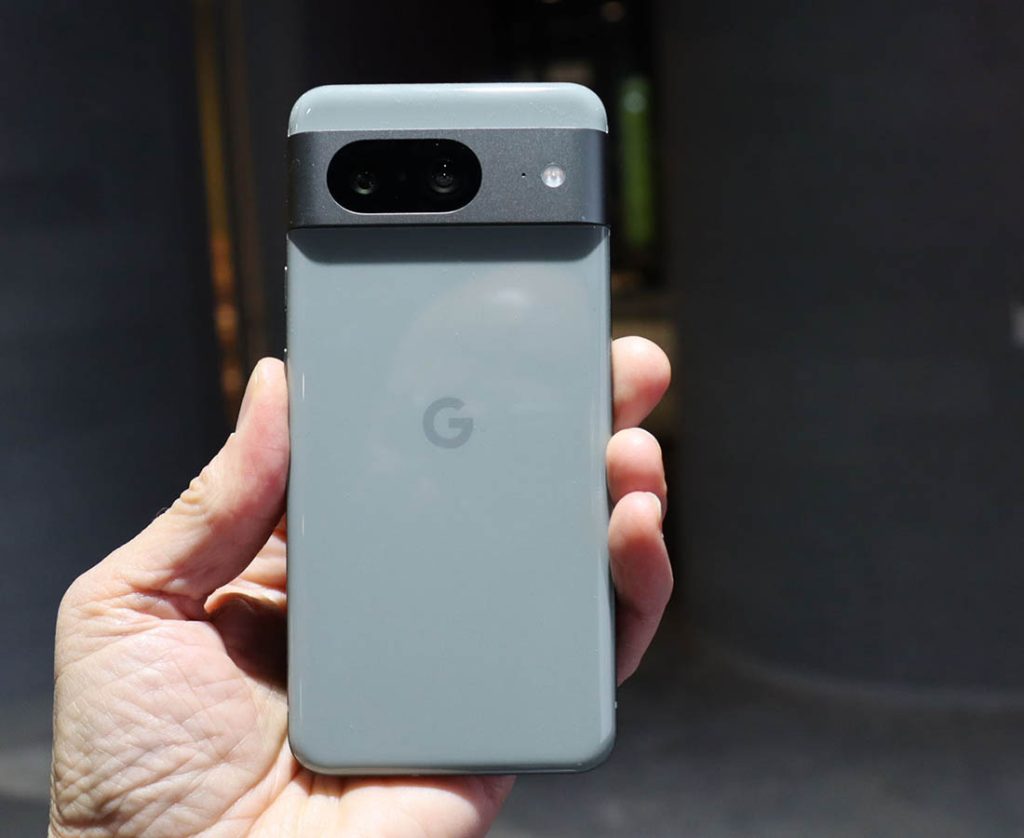
(1) Choose Phones That Support Global Bands
When selecting an imported phone, look for models that support global network bands. Many smartphone brands now offer international versions of their phones that work across different regions, ensuring compatibility with 4G and 5G networks in various countries.
(2) Research the Warranty Policy
Before buying an imported phone, make sure you thoroughly understand the manufacturer’s warranty policy. Look for brands that offer global warranty coverage or have an international service network. This will help you avoid problems with repairs and replacements if anything goes wrong with the phone.
(3) Check Software Compatibility
Before making a purchase, check whether the phone’s operating system supports your region’s languages and apps. Ensure that essential services like Google services, payment apps, and other local software can run properly on the phone. Many popular imported phones offer full localization options to make sure they work seamlessly in different markets.
(4) Don’t Just Look at the Price
While the price of an imported phone may be enticing, it’s important not to base your decision solely on cost. Consider factors like brand reputation, network compatibility, warranty policies, and local support. A cheap phone might come with a lot of hidden problems, which could end up costing you more in repairs and service in the long run.
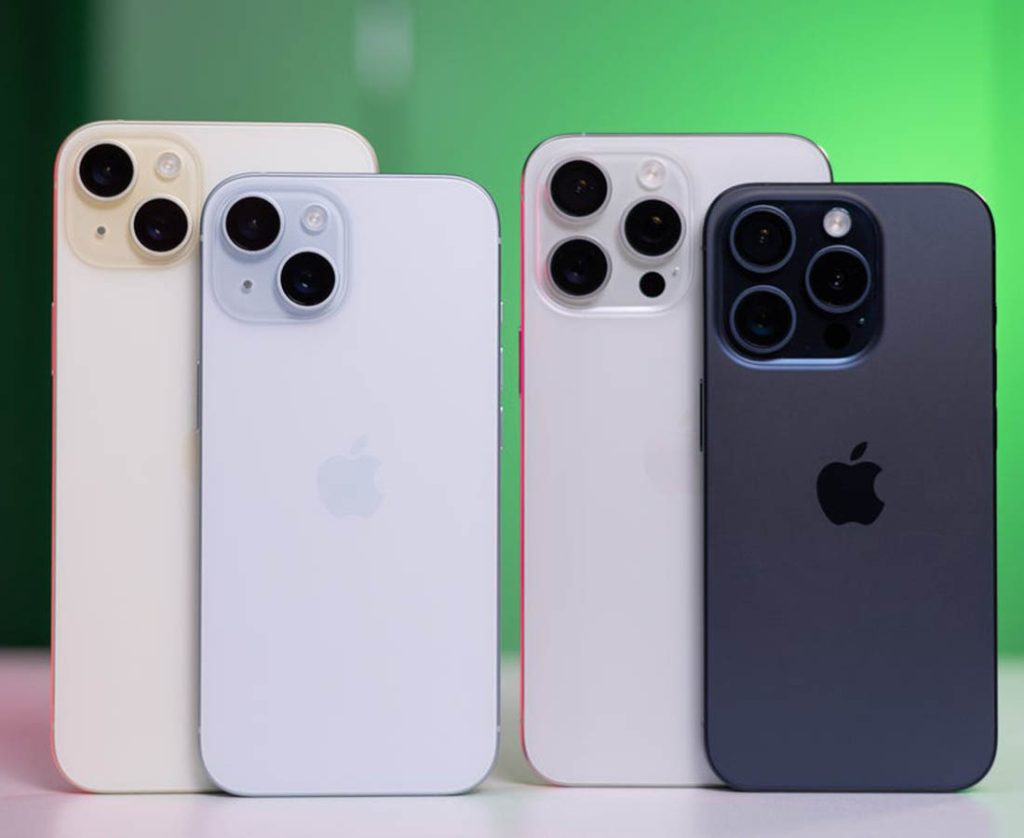
4. Recommended Products
If you’ve decided to go ahead and buy an imported phone and are looking for reliable brands, here are two options I would recommend:
(1) OnePlus 11
OnePlus is a Chinese brand known for its high performance and global market support. The OnePlus 11 offers excellent hardware, and it supports global 4G and 5G bands, ensuring compatibility across different regions. Its OxygenOS is optimized for international markets, and it supports multiple languages and local apps.
- Pros: Great value for money, global band support, strong performance.
- Price: Around $700.
(2) Xiaomi 13 Pro
Xiaomi is another well-established Chinese brand with a strong international presence. The Xiaomi 13 Pro is a premium smartphone featuring a top-tier camera system and display technology. It also supports global network bands, making it a great choice for international users.
- Pros: Excellent camera quality, global network support, good value for money.
- Price: Around $800.
Purchasing an imported phone can be an appealing choice, but it’s not without risks. While these devices may offer price advantages and unique features, you need to consider factors such as network compatibility, warranty coverage, software compatibility, and local service options before making your purchase.
If you have any questions or need further advice on choosing the right device, feel free to leave a comment below. I’d love to continue the discussion with you and help you make the best decision for your smartphone needs.
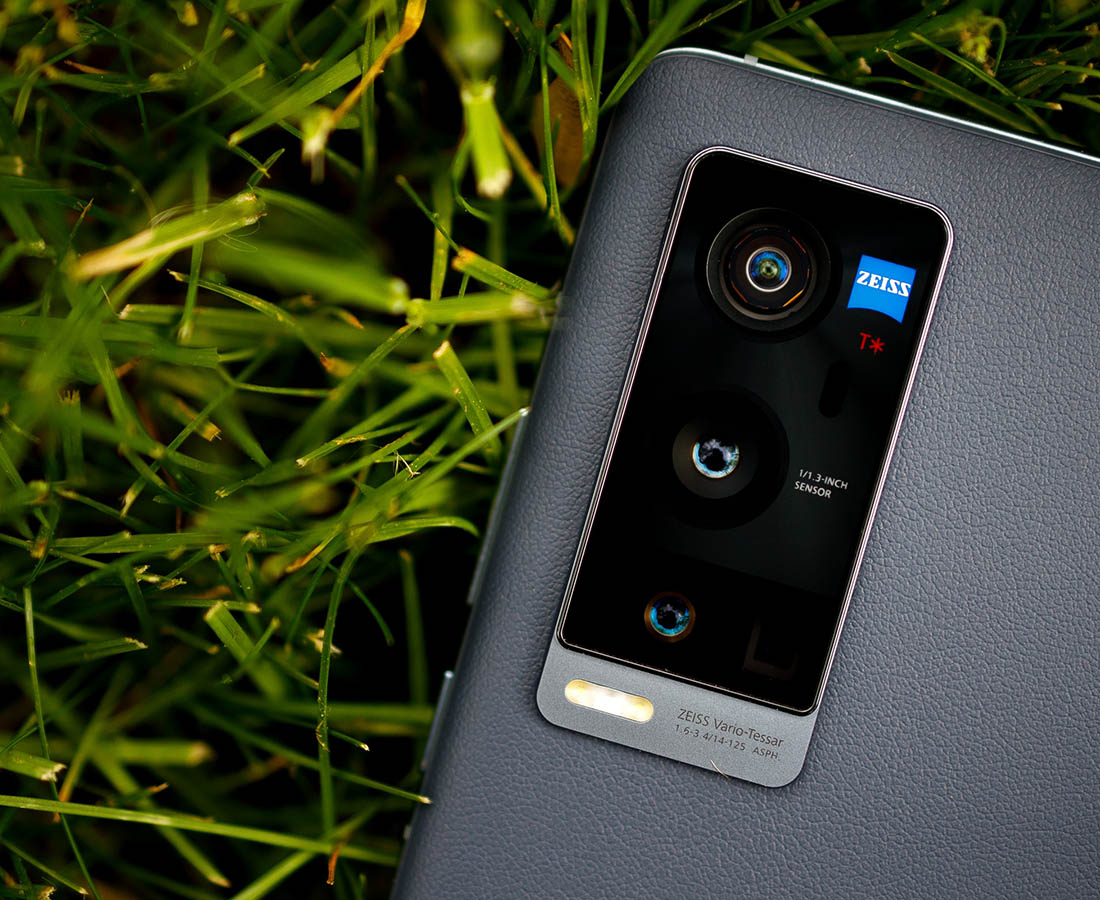
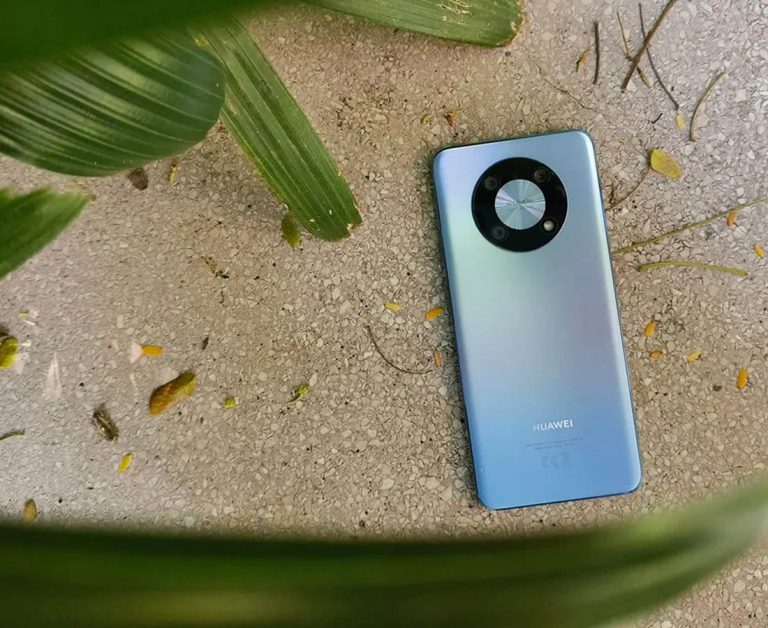
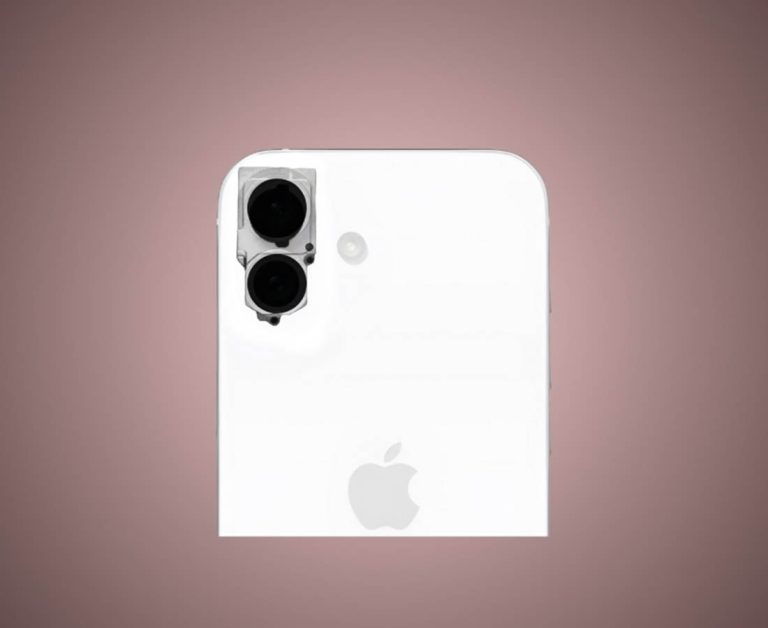
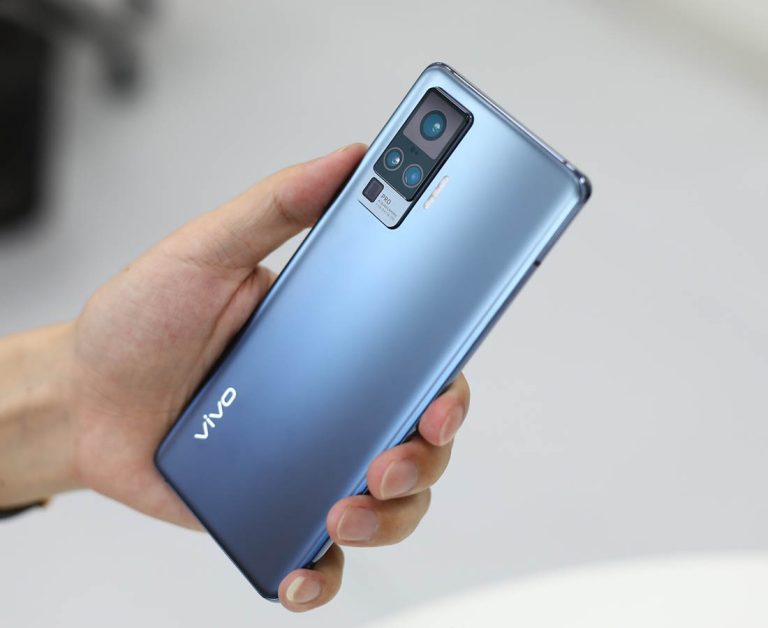
-768x628.jpg)

-768x628.jpg)
-300x245.jpg)
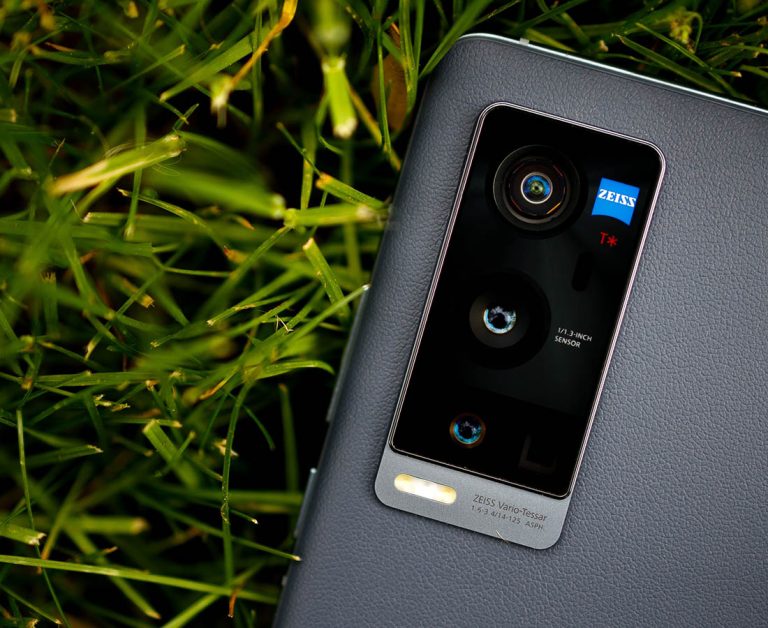

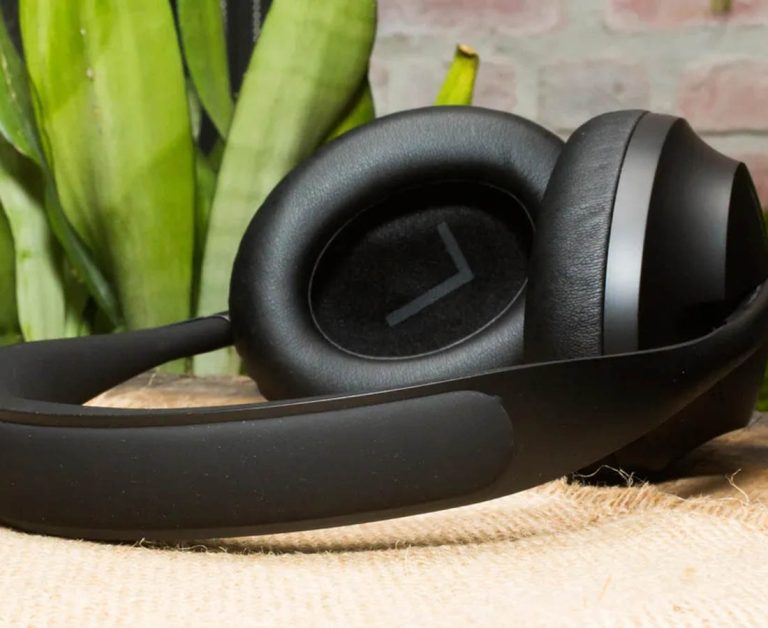
+ There are no comments
Add yours